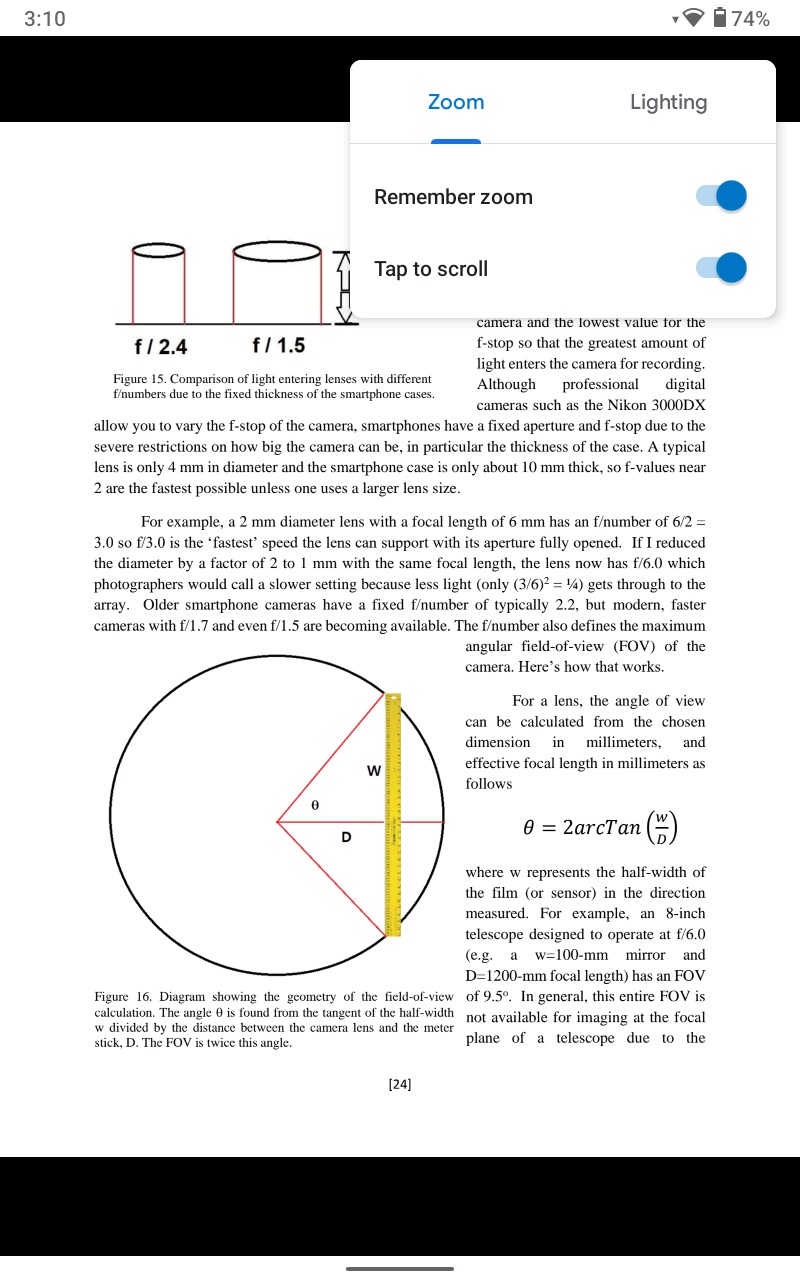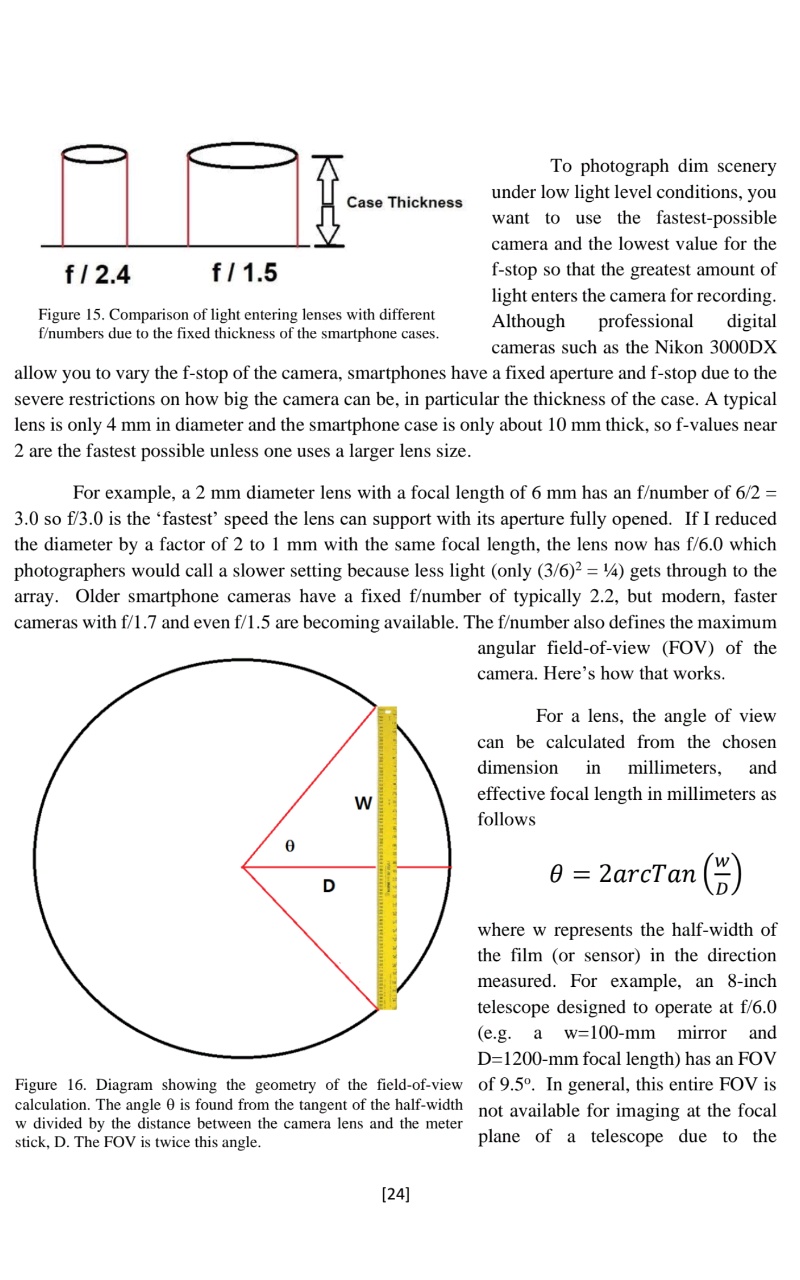Reading PDF files with Google Play Books on Android
Large tablets and desktop screens are the best for reading PDF ebooks and files.
However, a medium-size Android tablet is the next best thing as tweaking the Google Play Books reading settings provides an acceptable experience. Under these conditions, Google Play Books works better with PDFs than Kindle for Android.
This setup is helping me read more PDF ebooks unlike with my previous tablet, a 7” Lenovo Tab E7. On its small screen, the text of nearly all PDF ebooks and files was too small no matter what reading options were set. Landscape mode didn't help much.
Let’s see why PDFs require specific reading tools, what my setup is, and how I read PDFs.
Reflowable vs fixed-layout ebooks
With reflowable ebook file formats, such as ePub and Mobi, reading apps rearrange the text and other content to fit any screen size, much like web browsers do with HTML pages. Text fills the viewing area while maintaining a comfortable, legible size.
In fixed-layout ebooks like PDF files, the pages have a predetermined size and the text, images, and other document elements are fixed in size and laid out on the page at specific locations. The result looks like the pages of printed books. By default, reading apps zoom out the full page to fit the screen. The smaller the screen, the smaller the text. In addition, blank margins waste part of the page.
This makes it impractical to read PDFs on the screens of smartphones and small tablets. Reading apps allow zooming in the page until the text is legible. But, like looking through a keyhole, you view a small portion of the content at a time and have to drag around the page to bring into view the rest.
Minimum viable tablet
Up to the current one, I always owned 7” tablets like the Lenovo Tab E7.
While great for reflowable ebooks, a 7” screen is too small for comfortably reading nearly all PDFs. Even with the reading settings I discuss here, text remains small. The low resolution of cheap devices pixelates small text and doesn’t help legibility either.
After the Lenovo Tab E7, I switched to a Lenovo Tab M8 HD 8” tablet. An extra inch is enough to make a difference in the PDF reading experience. The screen has the right size so that the text area on the page, when zoomed in to fit the screen width, is large enough for comfortable reading. The low resolution of the Lenovo Tab M8 HD screen doesn’t affect legibility much, as the panel doesn’t degrade it.
With this 8” device, all it takes for a satisfactory experience with PDF files is to turn on two options of the Google Play Books reading settings.
Google Play Books reading settings
Two specific options improve the reading experience with Google Play Books. Although turning them on is a one-time action, there’s an adjustment I need to make at the beginning of every reading session of PDF ebooks.
The one-time options are accessible by opening a PDF book and tapping the page, which brings up the reading controls. Next, I tap the Aa icon and, under Zoom, turn on the Remember zoom and Tap to scroll options. These are the options on my Lenovo Tab M8 HD:
Once the one-time configuration is complete, the first thing to do at each new session is to pinch the page to zoom in until the text area fits the width of the screen, with little or no margin. The Remember zoom option preserves that width for the duration of the session. In the example of the previous screenshot, this is the page after zooming the page to fit:
In most cases, some vertical scrolling is still required to bring the bottom of the page into view.
When turning a page, the zoom level is usually reset and I’d have to drag the text area again to match it to the screen width. This is where the Tap to scroll option comes in, as it lets me scroll down and turn the page by tapping one of the screen's edges. The option takes care of maintaining the text area centered horizontally, with full lines always in view.
These settings and adjustments go a long way to enabling reading more content on compact and affordable devices.
Discuss... Email | Reply @amoroso@oldbytes.space

